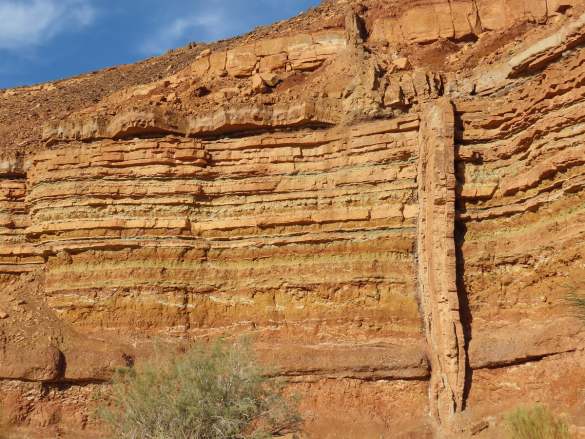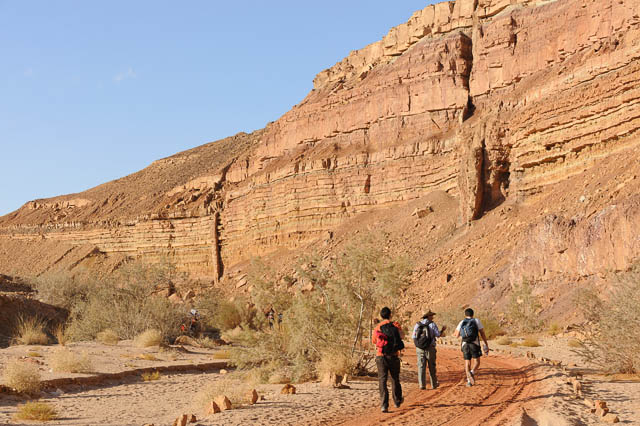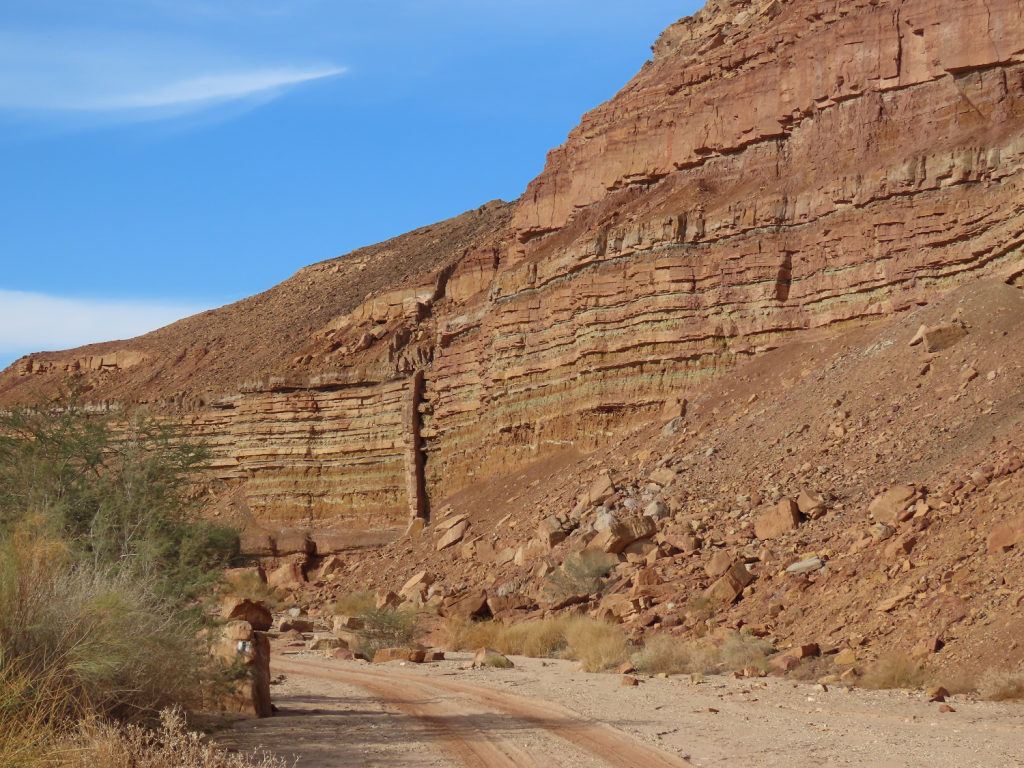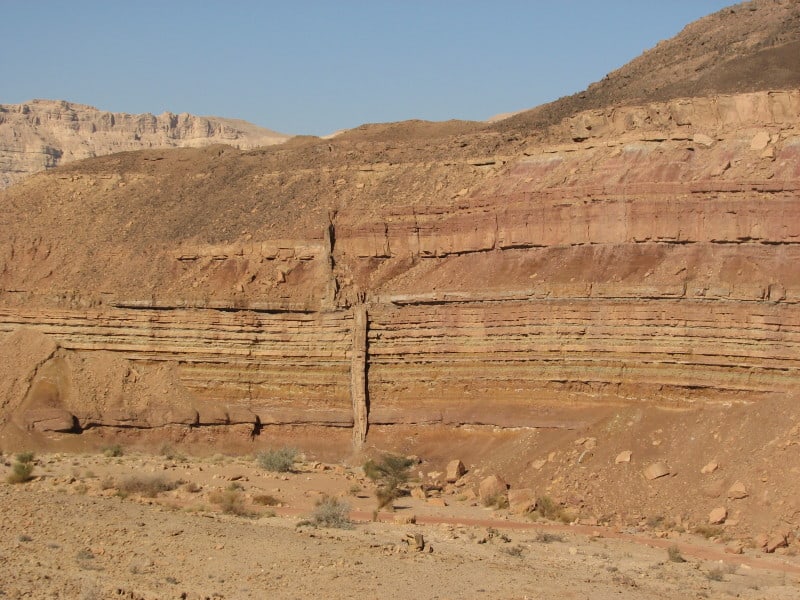Makhtesh Ramon, located in Israel’s Negev Desert, stands as the world’s largest erosion crater, or “makhtesh.” Stretching an impressive 40 kilometers in length and up to 10 kilometers in width, this natural wonder serves as a unique window into Earth’s ancient geological history. Unlike impact craters or volcanic calderas, makhteshim (plural of makhtesh) are created by a specific process involving tectonic uplift and erosion. Over millions of years, wind and water gradually eroded softer rock layers, exposing the harder and older formations beneath.
Table of Contents
ToggleThe Formation and Unique Structure of Makhtesh Ramon
What is a Makhtesh?
Makhteshim are a rare geological phenomenon found primarily in the Negev Desert of Israel and Egypt’s Sinai Peninsula. These formations differ from typical craters, which are often formed by meteorite impacts or volcanic activity. A makhtesh is formed through a sequence of geological events, starting with tectonic uplift, which pushes layers of rock upward. Following this, millions of years of erosion, driven by wind and water, strip away the softer sedimentary rock, exposing older, more resilient formations. The result is a steep-walled, bowl-shaped valley open at one end, such as Makhtesh Ramon, which is the largest of its kind.

The Geological Significance of Vertical Dikes
One of the most intriguing features in Makhtesh Ramon is the presence of vertical dikes—long, narrow rock formations that cut vertically through the sedimentary layers. These dikes were formed when molten rock, or magma, forced its way up through existing cracks in the Earth’s crust, then cooled and solidified into harder rock. Over time, erosion wore away the softer surrounding rock, leaving the dikes exposed and creating a dramatic contrast against the sedimentary layers.

These dikes provide a rare glimpse into the volcanic and tectonic activity that once shaped the region. The solidified rock columns are like frozen records of past geological events, offering scientists the opportunity to study the region’s ancient volcanic activity. For geologists, these dikes serve as evidence of the powerful forces that contributed to the formation of Makhtesh Ramon and reveal patterns of tectonic shifts that shaped the landscape.
A 200-Million-Year Cross-Section of Earth’s History
Makhtesh Ramon’s exposed rock layers reveal a cross-section of geological history dating back approximately 200 million years, to the Triassic period. This span of time is displayed layer by layer, with each section representing different geological eras and environmental conditions. The sedimentary rocks, including limestone, sandstone, and shale, showcase shifts in the environment, capturing transitions from ancient oceans to arid deserts.

Geologists study these layers to gain insight into past climates, sea levels, and ecosystems. The diversity of rock types and fossilized remnants within these layers help scientists understand how similar structures worldwide may have formed under comparable conditions. By examining this “time capsule,” researchers can uncover valuable information about Earth’s geological past and draw parallels with other regions, making Makhtesh Ramon a reference point in the study of sedimentary geology.
A Protected Natural Wonder and Destination for Exploration
Beyond its scientific significance, Makhtesh Ramon is also a protected nature reserve and a beloved destination for adventurers, researchers, and nature enthusiasts. The dramatic landscapes, panoramic views, and ancient rock formations make it a popular spot for hiking, stargazing, and exploring.

Tourists come not only for the stark beauty of the desert but also for the chance to witness firsthand the marks left by ancient geological processes. Researchers continue to investigate the area, hoping to unlock more of Earth’s secrets by analyzing the unique structures within the makhtesh. This interest has helped preserve Makhtesh Ramon as a natural and cultural heritage site, ensuring its protection for future generations.
The Legacy of Makhtesh Ramon in Understanding Earth’s History
Makhtesh Ramon is more than just a stunning desert landscape; it is a testament to Earth’s dynamic geological forces and a record of the planet’s evolving story. The exposed rock layers and preserved dikes allow us to delve into the mysteries of Earth’s past, offering insights into the fundamental processes that continue to shape our planet.
For scientists and explorers alike, Makhtesh Ramon stands as a living geological archive—a place where every layer, every rock formation, and every exposed dike tells a part of Earth’s history. This natural wonder remains a subject of fascination, drawing attention from across the world and inspiring a deeper appreciation for the forces that have shaped, and continue to shape, our world.

